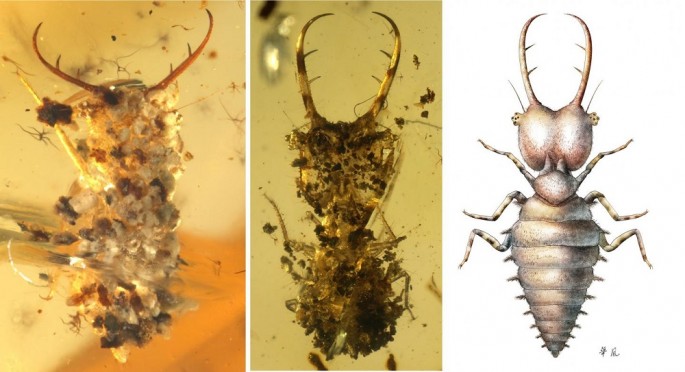Insects trapped inside amber reveals new evidence how ancient insects utilize costumes or "invisibility cloaks" to disguise themselves from potential predators as early as 100 million years ago.
In this new study by University of Bonn researchers, scientists have recorded different kinds of insects that are trapped inside fossilized amber that included plants, dirt, grains of sand or even other remnants of their prey. These materials also serve as a "costume" of early insect camouflage that can offer new clues about the habitats of ancient insects.
Among the evidence studied by the team, one amber fossil reveals a lacewing larva and pseudoscorpion battle. The lacewing larva killed the pseudoscorpion by sucking it dry from its powerful mandibles and used its prey's body like an armor, dressing up as a pseudscorpion.
According to Jes Rust from the Steinmann-Institute at the University of Bonn, this type of "disguise" is an indication that the lacewing larva is pretending to be something completely different. By using pieces of its prey, it can even incorporate the scent of the pseudoscorpion.
Scientists were able to examine and document the camouflage uses of 35 insect species that lived during the Cretaceous period. Apart from its prey remnants, the insects were discovered with cloaks made from sand and plant remnants, including wood fibers and dust particles.
According to Torsten Wappler from the Steinmann-Institute, these are considered to be very rare fossils that can provide unique insights about the insect kingdom some 100 million years ago.
The team also suggests that insect costumes made from sand can also provide protection for insects during attacks and some species even adapted some flexible appendages to incorporate these disguise material onto their bodies.
This new study is published in the journal Science Advances.



























